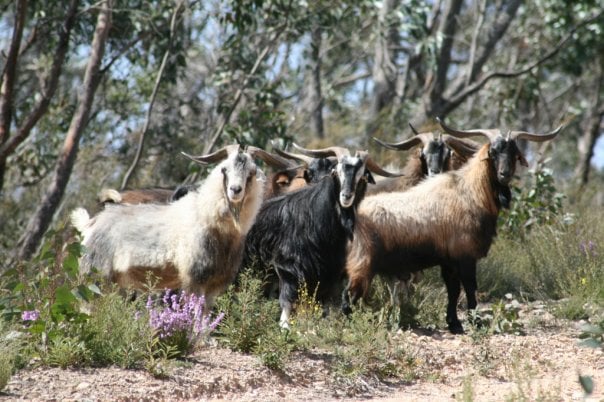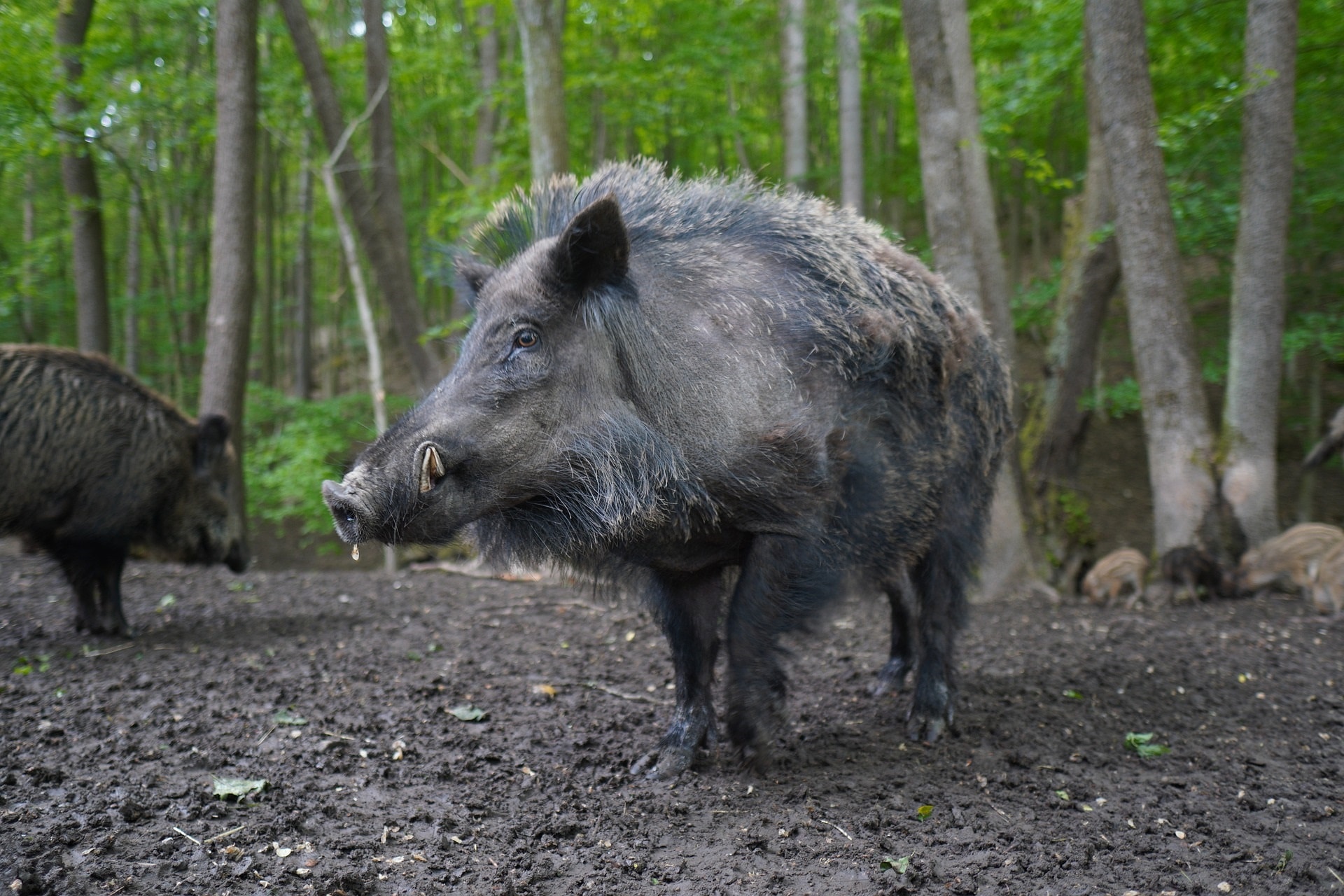Wild pig (Credit: Pixabay, Michal Renčo)
A lack of data-collection standardisation makes for unclear results from fauna-management projects. To solve this, TERN, in partnership with the Australian Government, is developing standardised monitoring and data-collection protocols and tools.
Introduced vertebrate pests have devastated Australia’s ecology. From the introduction of the dog to much later, when European settlers brought additional exotic animals, some of which escaped or were deliberately released. Exotic animal introductions have contributed to Australia’s loss of more small native mammals in recent times than any other continent, and many of the survivors teeter on the brink. In the wild, exotic animals cause problems, such as biosecurity risks and soil erosion, the latter of which affects agricultural productivity and water quality.
Planning and assessment of any management options will always require high-quality ecological monitoring data. This will be the best way to tackle the complex issues associated with pest species in Australia.
The need for standardised data
Such data have been lacking in Australia, with land management projects and groups often operating separately using methods that are not always comparable. Land managers often undertake certain practices, such as destroying rabbit warrens, yet the ecological effects of such strategies often remain unknown. Standardised tools will help project operators to report consistently on what worked and what did not. Consistent data makes it possible for governments to better evaluate and compare projects and target funding towards more successful interventions.
To meet this need for consistency, the Australian Government asked TERN to develop a range of standardised monitoring protocols. That means providing instructions on how to collect data using specific methods. TERN is the highly respected national ecosystem monitoring research infrastructure, providing open-access to standardised, quality-controlled data for researchers, decision-makers and industry.
The Government’s request addressed many environmental features but not specifically pest-animals. The protocols TERN develops facilitate the collection of “… everything of ecological significance,” says Sally O’Neill, TERN Ecosystem Surveillance Operations Manager, “from one metre below ground to the top of the tree canopy and everything in between.” So far the protocols have been very successful. TERN currently hosts the resulting immense dataset for all researchers. This allows like-for-like comparison among various sites.
Based on these earlier successes, in late 2021 a second project was established with TERN to set up pest-fauna data protocols. These will focus on seven key pest species prevalent in Australia including: rabbits, four species of deer, goats, feral pigs, cats, wild dogs and foxes. Many of these pests are very widespread. Their large ranges transcend state and territory borders, necessitating a standardised data-collection approach, applicable to all scales.
The protocol specifics are not necessarily new, but rather standardise data-collection methods already in use among researchers. “For example, with the vegetation monitoring,” adds Sally, “you’ve probably got ten different researcher groups all doing something slightly different. We’re giving them the agreed best options, and a comprehensive instruction set ensuring everyone will be ‘on the same page’ and collecting the data in same way.”

Wild goats (Credit: Sally O’Neill)
Custom-built data apps
The TERN protocols will make data collection easy via the use of custom-developed apps. These operate on mobile devices, which Natural Resource Management practitioners take into the field to help record their observations and measurements. These will include the presence of pest species seen directly, those species that are not present, and indirect detection of the species presence through signs. (Signs include scats, tracks, and diggings, also damage to the habitat, including complete removal of key browsing species, no young or seedlings of browse species present, and clear browse lines, where everything a goat or deer can reach has been eaten.)
The entries are constrained to a particular format that is scientifically useful. “You can’t type in free text sentences that might introduce ambiguity,” says Sally. “It’s all standardised drop-down lists, or actual numbers, or counts and measures being entered.”
The protocols will enable field ecologists to select the most appropriate methods depending on the situation. The apps will provide a decision-tree, helping researchers to find which modules should be implemented based on ecological context, the project’s objectives, and the particular pest fauna being monitored.
Furthermore, the TERN apps will enable attachment of larger files. If, for example, researchers have used camera-trapping, they can upload the photos to the system.
The apps will also feature geo-location capability that yields better-than GPS accuracy by combining multiple satellite systems. This gives excellent revisit capability.
Once the field observations are collected and entered into the app, the data will be uploaded to the Australian Government’s Biodiversity Data Repository, according to a data-exchange standard being jointly developed by TERN and the government. The repository will be available to the public and other researchers.
“A little bit of editing of the data may be required before it goes into the repository,” explains Sally. “So if, for example, you’ve taken a plant sample and labelled it ‘small, yellow flower’, there is an option to be able to later replace that with a herbarium identification.” All collected samples will be barcoded, which the app can read. So it will not be possible to lose the metadata about a sample, nor to confuse it with another.
The way forward
The Pest Fauna Monitoring project will conclude in May 2023. “Our team is currently conducting reviews of case studies of recent pest-animal monitoring projects,” explains Dr Katie Irvine, TERN Community Partnerships Manager. “As part of this process, in 2022 we will be holding a workshop with key individuals doing pest fauna monitoring to obtain their input.” TERN’s app development team will shortly complete prototypes of the apps for evaluation, after which the team will develop training manuals. Early in 2023, TERN expects to be conducting field trials and final refinements, for an official launch in mid-2023.
TERN’s new standardised protocols will ultimately enable the improved monitoring of ecological changes and demonstration of effects of pest fauna. Monitoring is essential if we want to detect trends in abundance and distribution through time and it allows evaluation of the effectiveness of management strategies.







